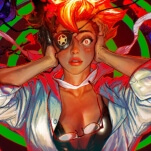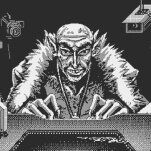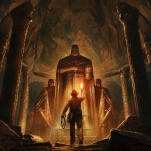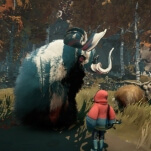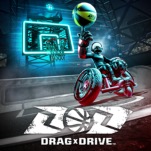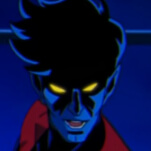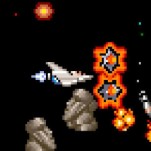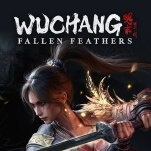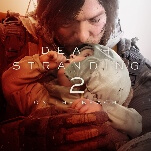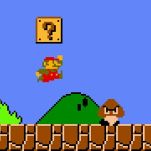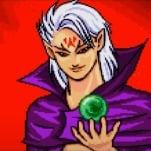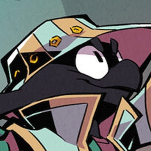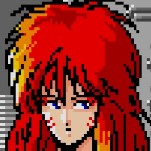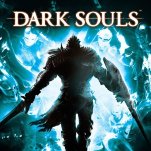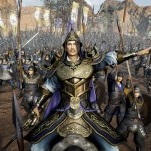The 5 Biggest Changes in Dota 2’s 6.86 Patch
The number “6.86” might not mean much to you if you don’t play Dota 2, and I wouldn’t blame you. But to fans of the game, it means a lot. It means an end to a hero and item ecology that had overstayed its welcome. It means the chance for new dynamics to emerge, and for new kinds of great moments to play out in the professional scene. It also means lots of new number changes to obsess over, until this virtual ecology, too, gets stale.
Version 6.86 of Dota 2 (dubbed “The Balance of Power”) changes a number of things about the game, and many of them already feel like they’re turning the game upside down. The map is different, there’s a new hero, and several others have undergone major changes to their abilities and traits. This patch is perhaps the most Dota 2 has changed all year, and it was a long time coming, after the majors system stifled how expansive the last patch could be. Why is this patch so crazy? Here are the biggest, craziest reasons.
5. Arc Warden
It’s telling that a brand new character (only the second this year) is not the most impactful part of a big Dota 2 update. It’s not that the character is boring, but that this patch is so massive. Like most new characters introduced into competitive games, Arc Warden feels insanely powerful. Maybe it’s because we don’t quite understand the character’s deficiencies and only see new possibilities, but every part of the character’s toolkit feels endlessly exploitable. Right now, you could probably spend your early skill points in any one of his three basic abilities and come out of on top in a given match.
For example: the last time a character had an ability that slowed an opponent for five seconds at level one, the duration got cut in half in the following patch. To say nothing of his ultimate ability, Tempest Double, which creates a copy of the hero, allowing him to use all of his items and abilities a second time. He thankfully hasn’t made it to the competitive scene, because I expect to see a lot of downscaling on his abilities before he makes it into a professional match. But Valve got the most important part right: he’s fun to play, and hopefully won’t lose his essence the next time a patch rolls around.
4. All the hero reworks
Along with a new hero, several older heroes had abilities changed, removed, added and reworked in 6.86. Six heroes were removed from Captain’s Mode (the competitive mode all tournaments use), the highest I’ve ever seen since I started playing back in late 2012. The reworks run a gamut of motives: Lone Druid didn’t see much competitive play, so it’s likely his rework wanted to make the hero viable again. Doom, on the other hand, saw a quite a bit of professional play, but still got his most boring and least practical skill, Level ? Doom, changed to the far more consistent Infernal Blade.
Most notably, Riki got his abilities switched around and reworked for the second time in 18 months. I’m still not sure if his new toolkit is better or worse than his last one, but I get the feeling Valve isn’t quite sure what to do with him. He’s a boom-or-bust hero, and didn’t see a lot of competitive play, but is still a terror in lower-skill games. A good competitive game balances for both crowds, and getting it right will take a while.
Still, most of these reworks keep the spirit of their characters intact, and I like seeing a move away from some of the basic number-tweaking we saw in the last couple of patches. These kinds of overhauls are exactly what the game needs for new strategies to emerge, and for competitive casual games alike to stay fresh.
-

-

-

-

-

-

-

-

-

-

-

-

-

-

-

-

-

-

-

-

-

-

-

-

-

-

-

-

-

-

-

-

-

-

-

-

-

-

-

-












